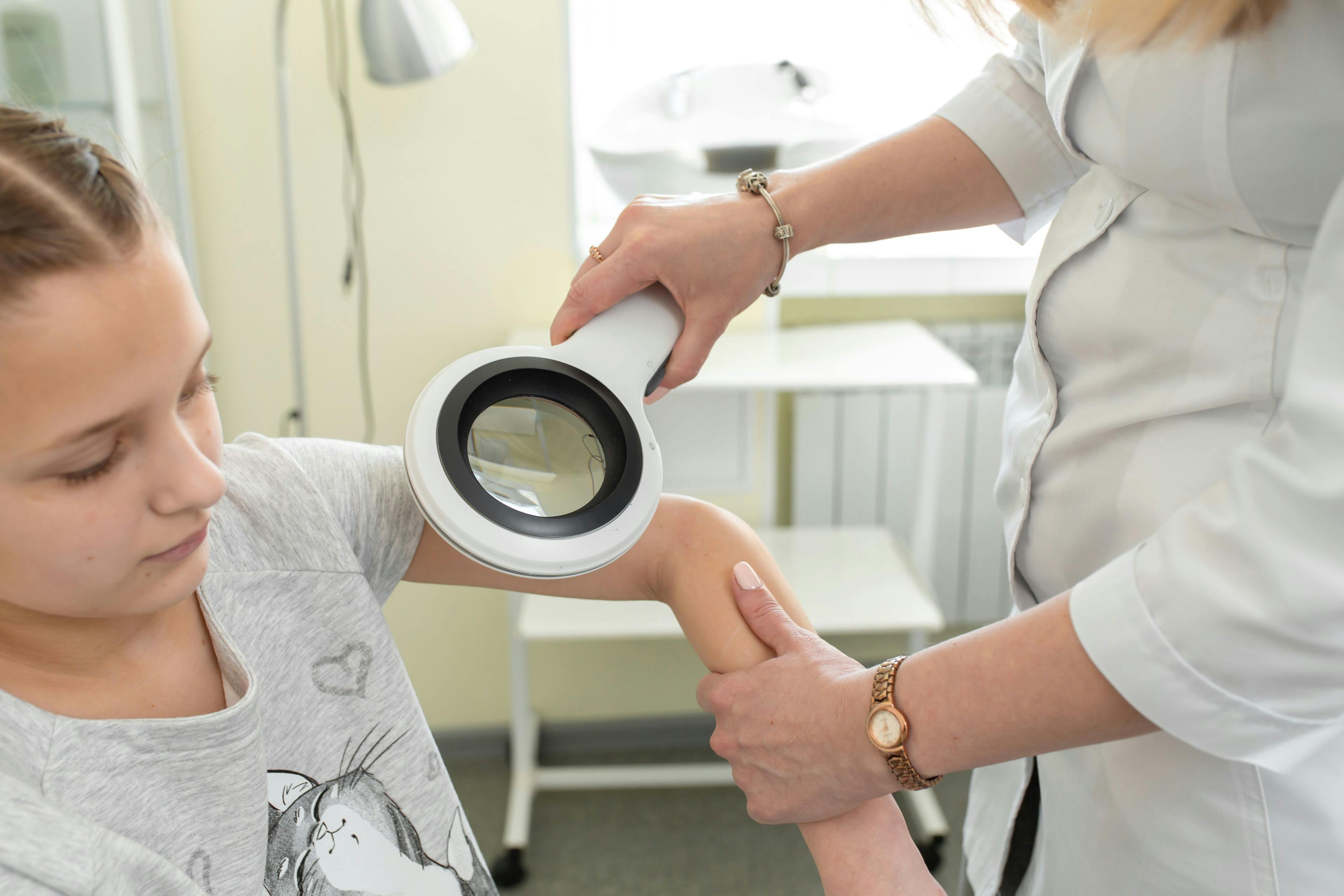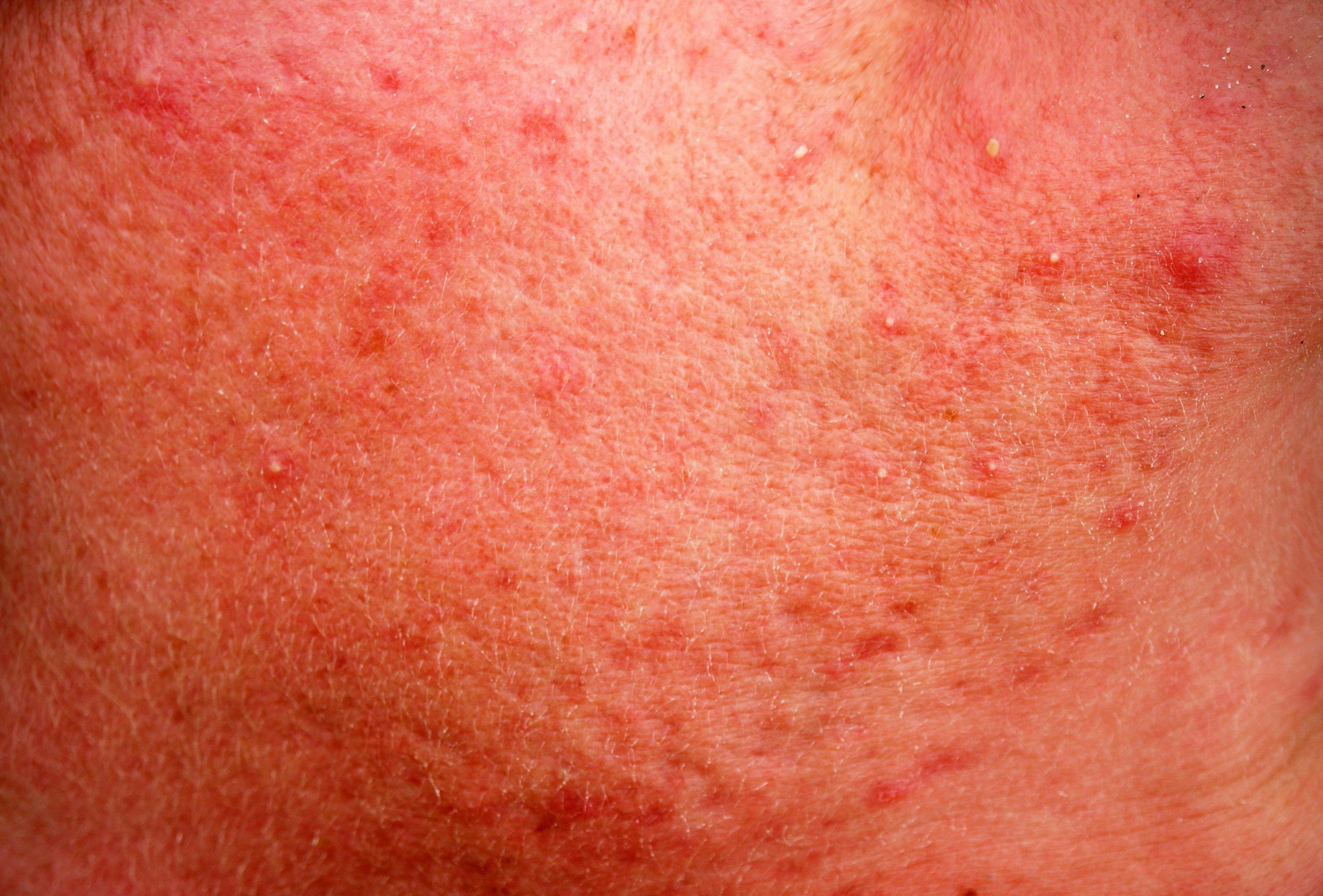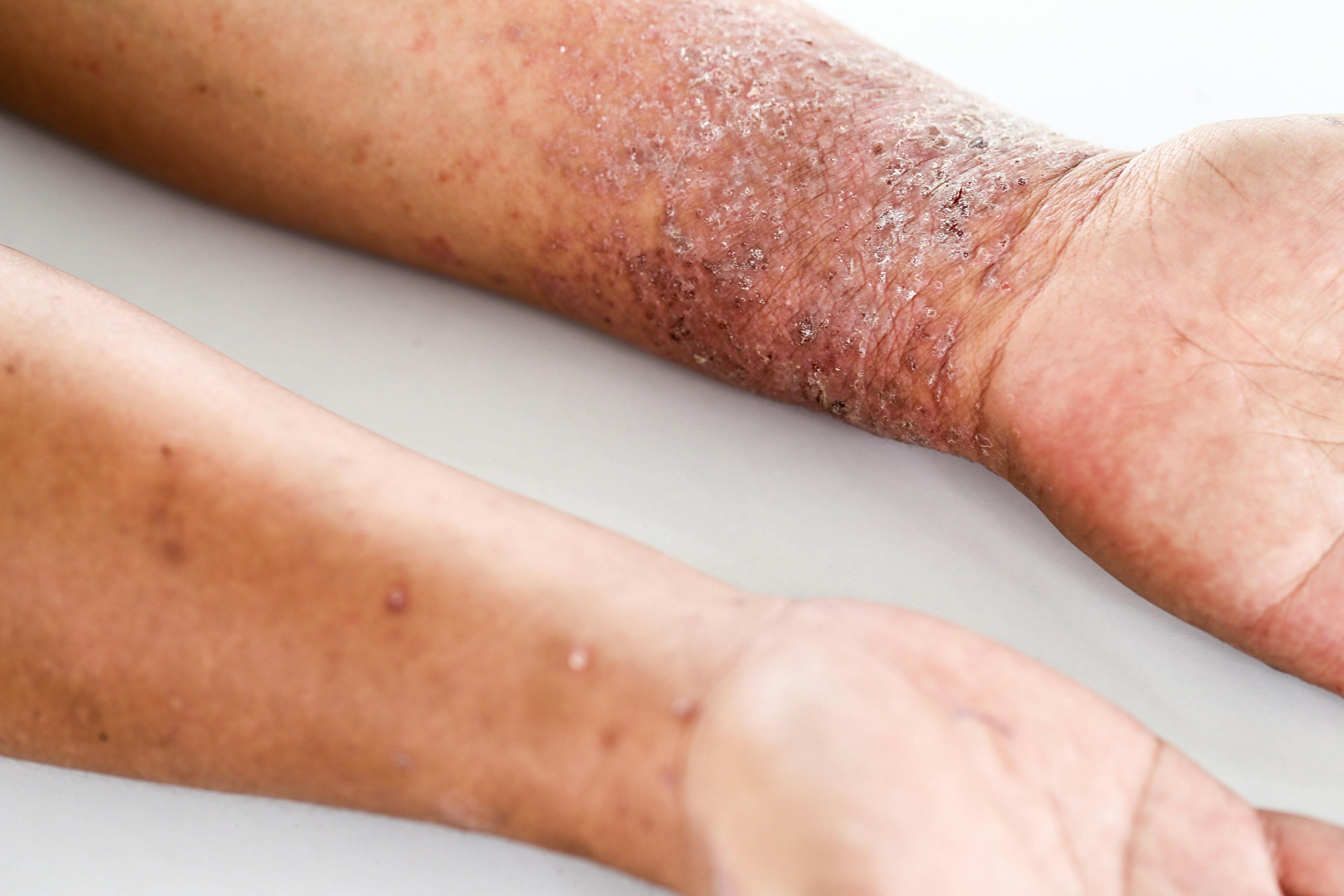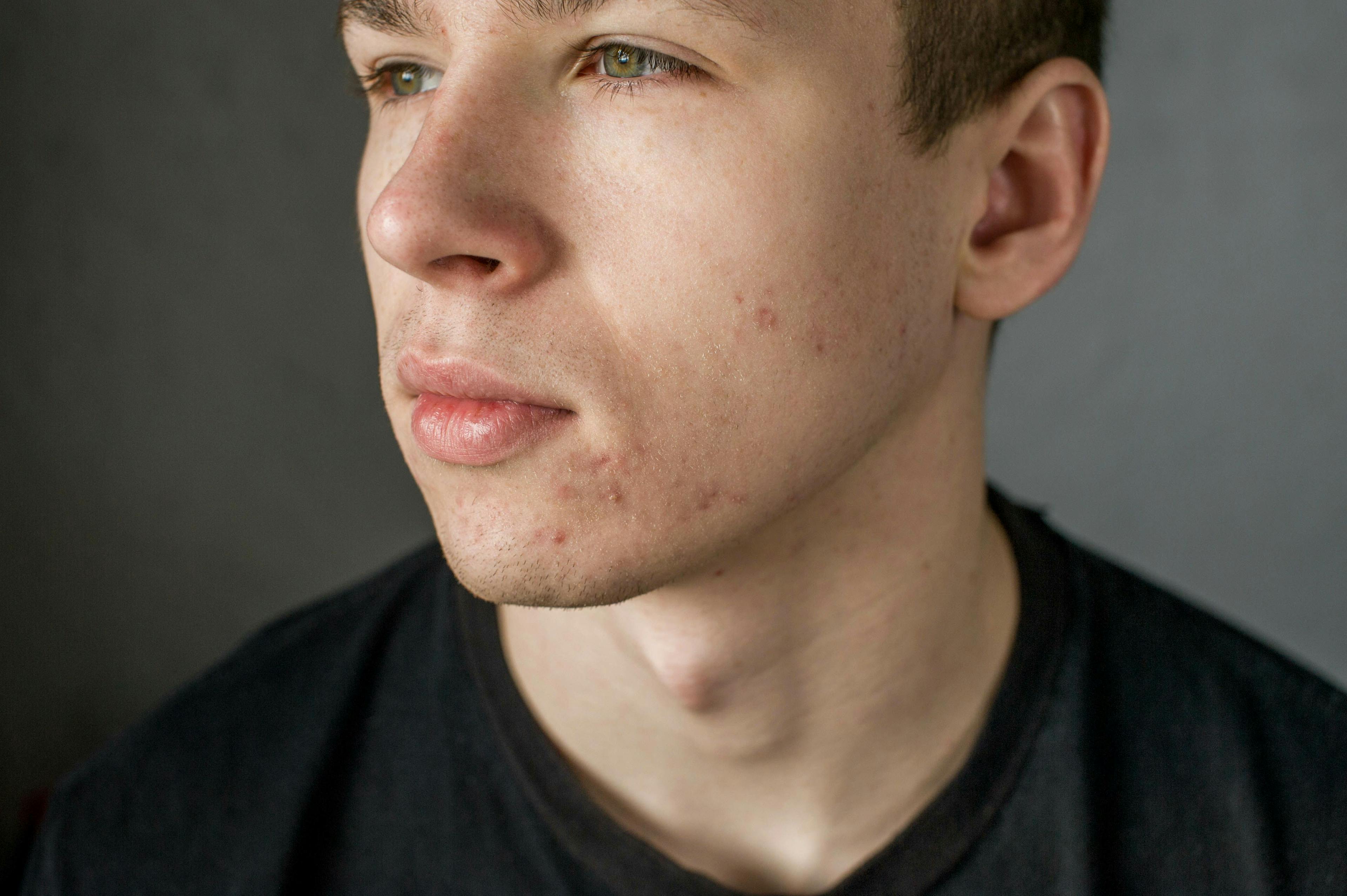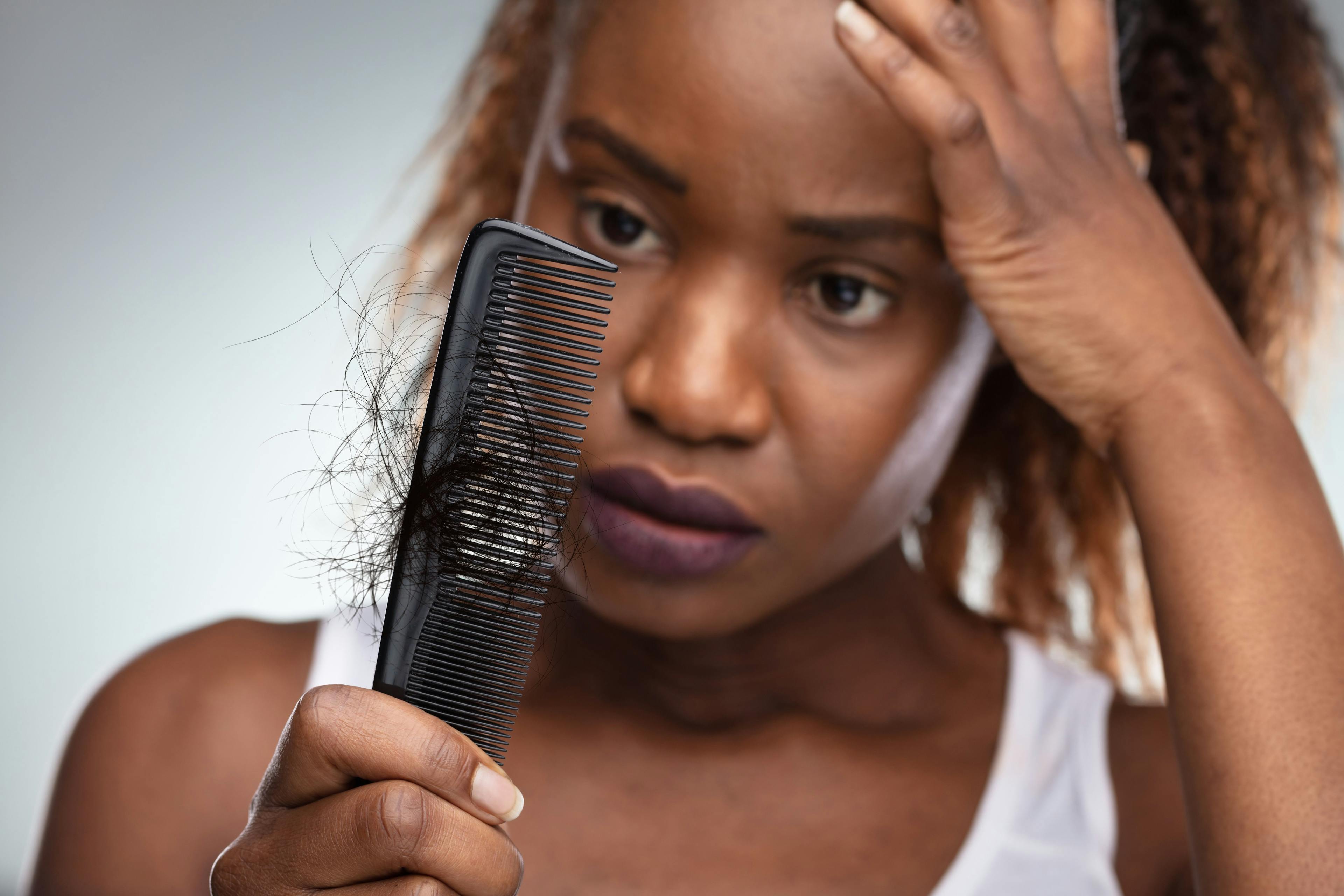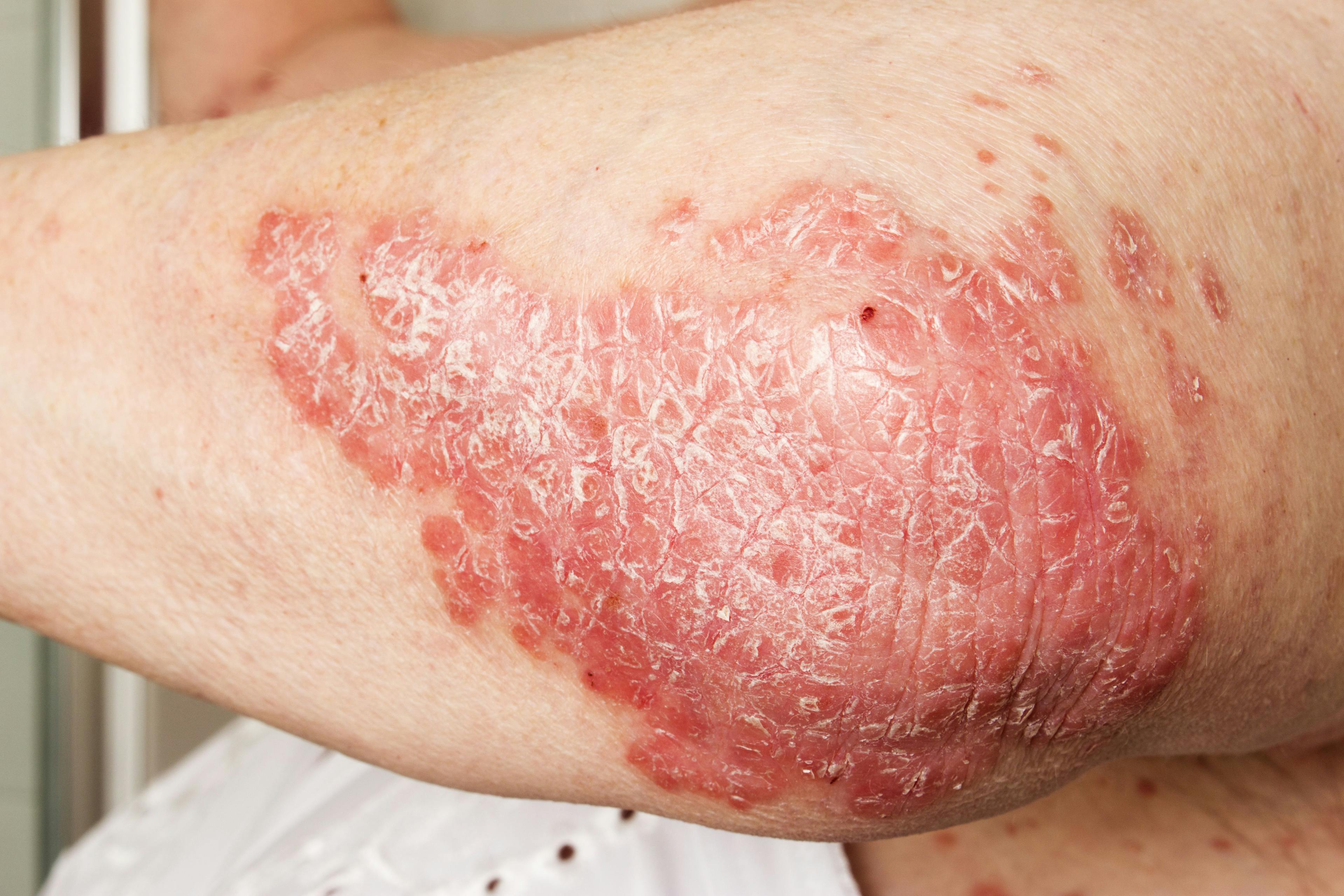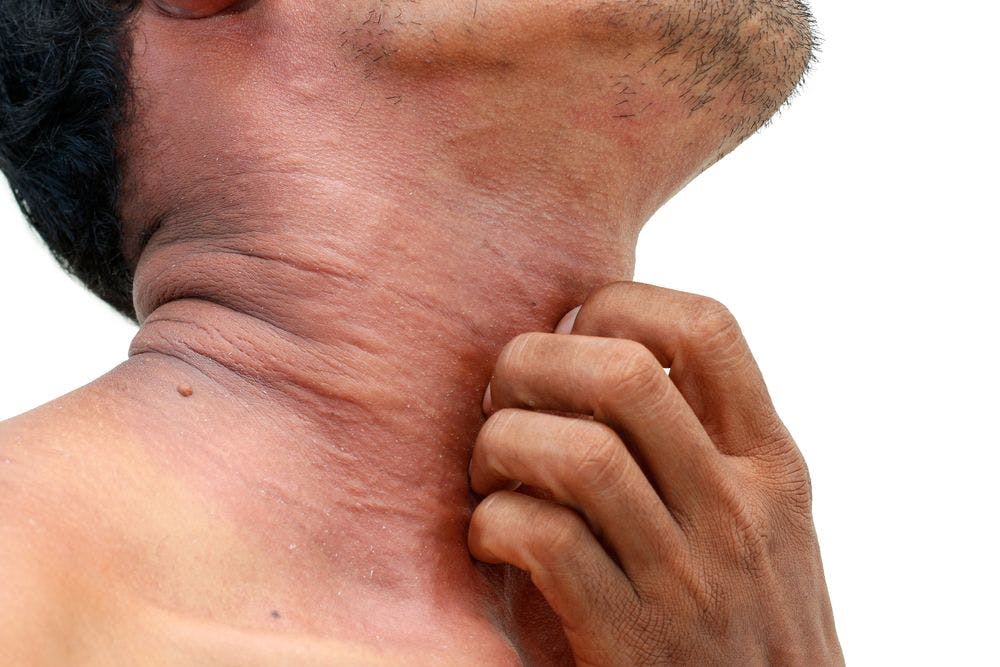- Acne
- Actinic Keratosis
- Aesthetics
- Alopecia
- Atopic Dermatitis
- Buy-and-Bill
- COVID-19
- Case-Based Roundtable
- Chronic Hand Eczema
- Chronic Spontaneous Urticaria
- Drug Watch
- Eczema
- General Dermatology
- Hidradenitis Suppurativa
- Melasma
- NP and PA
- Pediatric Dermatology
- Pigmentary Disorders
- Practice Management
- Precision Medicine and Biologics
- Prurigo Nodularis
- Psoriasis
- Psoriatic Arthritis
- Rare Disease
- Rosacea
- Skin Cancer
- Vitiligo
- Wound Care
Publication
Article
Dermatology Times
Topical Probiotics Perform Well in Trials
Author(s):
Topical probiotics show promise in treating various skin diseases including acne, but more research is needed.
Like their oral counterparts, topical probiotics show encouraging results in treating various dermatologic conditions, most notably acne and atopic dermatitis (AD). However, according to a recent review, with research still in its infancy, physicians and patients need additional data regarding topical probiotics’ safety, efficacy, and mechanism of action in skin diseases.1
“In the last few years, we have seen a surge in studies about microbiota that stretch far beyond digestive health benefits,” said author Katlein França, MD, PhD, assistant professor in the Dr Phillip Frost Department of Dermatology and Cutaneous Surgery at the University of Miami Miller School of Medicine in Miami, Florida. “Emerging evidence points out the positive effect of some bacterial strains in the treatment of skin disorders.”
Meanwhile, new topical dermatologic products containing probiotics are quickly becoming available. “Patients continuously ask about their efficacy,” França added. “This [review] will help dermatologists understand the current scientific evidence on this emerging topic.”
According to França, to date, most studies in dermatology have examined oral probiotics. “New studies try to clarify if the application of exogenous probiotics could have the same benefit as oral probiotics in promoting positive bacterial balance to treat dermatologic conditions,” she noted.
Regarding acne, França pointed to evidence showing that the interaction between skin microbes and host immunity plays a significant pathogenic role. Overproliferation of Propionibacteriumacnes (P. acnes), which commonly resides in sebum-rich areas and interacts with other microorganisms such as Staphylococcus epidermidis (S. epidermis), Streptococcus pyogenes, and Pseudomonas species, has long been thought to contribute to acne development.
Topical probiotics have been shown to have antimicrobial and anti-inflammatory activity against P. acnes. The first report suggesting that topical bacteriotherapy could combat acne appeared in 1912. More recently, results from a study showed that Streptococcus thermophilus, which is found in yogurt, could increase ceramide production when applied topically for 7 days by patients with acne.2 Some skin ceramides, such as phytosphingosine, provide both antimicrobial and anti-inflammatory activity, and topical phytosphingosine has been shown to reduce acne papule and pustule counts. Similarly, Streptococcus salivarius possesses both antimicrobial activity and the ability to inhibit inflammatory pathways through immunomodulation.
In another study, a lotion containing Enterococcus faecalis SL-5 significantly reduced pustules compared with placebo, prompting study authors to suggest that this strain could provide an alternative to topical antibiotics.3 Unlike many currently available topical acne treatments, probiotics modify several pathophysiological factors and, because they do not irritate the skin, may improve patient adherence, according to França.
“Although research on topical probiotics for AD remains in its early stages, many trials so far have shown positive results,” França said.
In a 30-day, prospective, double-blinded, placebo-controlled study involving 75 volunteers with AD, a cream containing Vitreoscilla filiformis reduced Staphylococcus aureus (S. aureus) colonization and had a direct immunomodulatory effect on skin-associated immune responses.4 Additional bacteria that have shown efficacy in reducing S. aureus burden and clinical AD symptoms include Lactobacillus johnsonii NCC 533 and Roseomonas mucosa. S. aureus is known to display a dose-dependent predominance in the skin microbiota of patients with AD.
According to França, for skin aging, including photoaging, probiotic skincare products are being launched faster than research can catch up with them.These products can slow the intrinsic and extrinsic aging processes by mechanisms, including restoring acidic skin pH, alleviating oxidative stress, attenuating photodamage, improving skin barrier function, and enhancing hair quality.
In an in vitro study involving UV–B-exposed human dermal fibroblasts and keratinocytes, pretreatment with plant extracts fermented with Lactobacillus buchneri reduced elastase and collagenase activity, increased type I collagen expression, and promoted expression of moisture factor and antioxidant enzymes.5 In a separate trial, the use of a high topical concentration of Nitrosomonas eutropha achieved significant improvement in wrinkle depth severity and hyperpigmentation of the forehead and glabella.6
In psoriasis, reductions of bacteria such as S. epidermidis and P. acnes in the skin microbiome may lead to higher S. aureus colonization, causing cutaneous inflammation.7 Patients with psoriasis also exhibit higher levels of Firmicutes, Proteobacteria, Acidobacteria, Schlegelella, Rhodobacteraceae, Campylobacteraceae, and Moraxellaceae species, as well as lower levels of Actinobacteria. So far, França said data regarding probiotics in psoriasis are limited largely to oral supplementation, but promising outcomes here suggest that exploration of topical probiotics is warranted.
For wound healing, Franda says, topical probiotics have demonstrated efficacy in a handful of studies involving human and animal models. However, França cautioned that significant variability among the studies precludes drawing firm conclusions. Lactobacillus plantarum (L. plantarum) in particular has shown positive results for the topical treatment of burn infections and skin ulcers. In 1 skin ulcer trial, researchers found that L. plantarum reduced bacterial load, neutrophil counts, and apoptotic and necrotic cells while modifying IL-8 production and inducing wound healing.
“Research on topical probiotics in skincare and dermatological therapy is still in the initial stages and is certainly a promising topic to be explored,” said França.
Disclosure:
França is an advisory board member for Dr. Brandt Skincare and receives book royalties from Springer, Wiley-Blackwell, Nova Science Publishers.
References:
- França K. Topical probiotics in dermatological therapy and skincare: a concise review. Dermatol Ther (Heidelb). 2020;11(1):71-77. doi:10.1007/s13555-020-00476-7
- 3. Di Marzio L, Centi C, Cinque B, et al. Effect of the lactic acid bacterium Streptococcus thermophilus on stratum corneum ceramide levels and signs and symptoms of atopic dermatitis patients:S. thermophilus ameliorates skin condition in AD patients. Experimental Dermatology. 2003;12(5):615-620. doi:10.1034/j.1600-0625.2003.00051.x
- Gueniche A, Knaudt B, Schuck E, et al. Effects of nonpathogenic gram-negative bacterium Vitreoscilla filiformislysate on atopic dermatitis: a prospective, randomized, double-blind, placebo-controlled clinical study. Br J Dermatol. 2008;159(6):1357-1363.
- Kang, B.S., Seo, JG., Lee, GS. et al. Antimicrobial activity of enterocins from Enterococcus faecalis SL-5 against Propionibacterium acnes, the causative agent in acne vulgaris, and its therapeutic effect. J Microbiol. 47, 101–109 (2009). https://doi.org/10.1007/s12275-008-0179-y
- Kang YM, Hong CH, Kang SH, et al. Anti-Photoaging Effect of Plant Extract Fermented with Lactobacillus buchneri on CCD-986sk Fibroblasts and HaCaT Keratinocytes. J Funct Biomater. 2020;11(1):3. Published 2020 Jan 9. doi:10.3390/jfb11010003
- Notay M, Saric-Bosanac S, Vaughn AR, Dhaliwal S, Trivedi M, Reiter PN, Rybak I, Li CC, Weiss LB, Ambrogio L, Burney W, Sivamani RK. The use of topical Nitrosomonas eutropha for cosmetic improvement of facial wrinkles. J Cosmet Dermatol. 2020 Mar;19(3):689-693. doi: 10.1111/jocd.13060. Epub 2019 Jul 1. PMID: 31257694.
- Claudel J-P, Auffret N, Leccia M-T, Poli F, Corvec S, Dréno B. Staphylococcus epidermidis: a potential new player in the physiopathology of acne? Dermatology. 2019;235(4):287-294. doi:10.1159/000499858

Newsletter
Like what you’re reading? Subscribe to Dermatology Times for weekly updates on therapies, innovations, and real-world practice tips.



